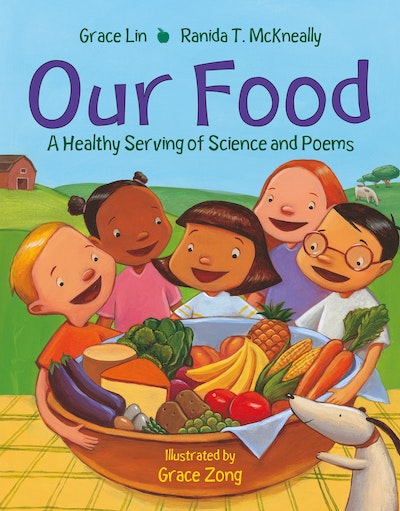[]
- Published: 15 August 2018
- ISBN: 9781580895910
- Imprint: Charlesbridge Children
- Format: Paperback
- Pages: 40
- RRP: $16.99
Our Food
A Healthy Serving of Science and Poems
Formats & editions
Buy from…
- Published: 15 August 2018
- ISBN: 9781580895910
- Imprint: Charlesbridge Children
- Format: Paperback
- Pages: 40
- RRP: $16.99
Praise for OUR FOOD
"Playful poetry and palatable prose provide a useful, kid-friendly introduction to nutrition."--Kirkus Reviews "Zong ties both narratives together with brightly colored acrylic depictions of playfully inquisitive, ethnically diverse children."--Booklist
Praise for OUR SEASONSABC Best Books for Children CCBC Choices "This intriguing combination of poetry and nonfiction . . . has the potential to interest children in both poetry and science."--Kirkus Reviews



